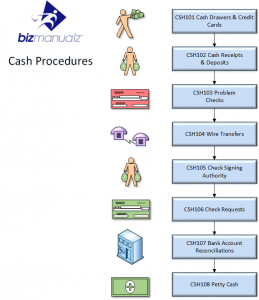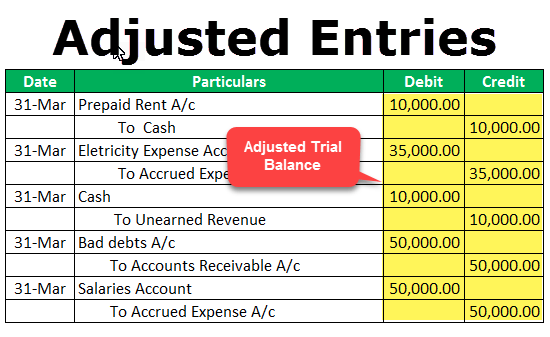
Net Operating Income (NOI) is a metric that indicates the health and viability of a business by showing its profitability before accounting for interest, taxes, and debts. Operating income looks at the earnings that a firm produces from its core activities, minus the direct costs of producing those earnings. That means that a business with no non-operating income should have equal operating income and EBIT. If a business has non-operating income, EBIT calculations include that income, making it differ from operating income. Operating income is a measure of a company’s profitability that excludes non-operating income and expenses, such as interest and taxes. Net income, on the other hand, is the company’s total income minus all expenses, including non-operating ones.
What is another word for operating income?
Synonyms for operating income include earnings before interest and taxes (EBIT), operating profit, recurring profit, and operating earnings.
On its income statement, Apple reported $82.959 billion of product and service revenue, up very slightly from the prior year. However, looking further down its income statement, the company’s operating income for the three-month period was $23.076 billion, less than the $24.126 billion from the year before. When creating your income statement, you can decide how to classify your expenses. For example, you can break down your administrative, selling, operating, and general expenses in the expenses section of your income statement. It’s critical to document and include these expenses so your net income calculations are accurate. To get an accurate amount on the bottom line, it’s important to keep records of all sales and expenses and create income statements for each period.
Join 41,000+ Fellow Sales Professionals
We can see that revenue is $20,000 and the returns, refunds, and discounts total $1,000. Harold Averkamp (CPA, MBA) has worked as a university accounting instructor, accountant, and consultant for more than 25 years. Therefore, the step cost is the wages and benefits needed to produce the high demand for product.
In this formula, net revenue is used in case there have been product returns or other deductions to make to gross revenue. Tracking your revenue sources, renewal rates, and cost drivers over time will help you notice trends that affect your NOI and look for opportunities to improve it. For instance, you can reduce payroll expenses by hiring freelancers instead of full-time employees. Then, you can perform a cash flow analysis or, more specifically, look at your expense composition to identify your most significant cost drivers and focus on reducing them.
Operating Income vs. Other Financial Calculations
Now that we’ve learned what operating income is, let’s take a deeper look into the details and learn the steps to calculate your business’ operating income. Operating expenses, or OPEX, do not include SG&A (selling, general, and administrative expenses), depreciation, or amortization. Operating income and EBITDA are both useful metrics that are used for assessing the what is budgetary control financial performance of a company. Operating income is considered a good indicator of how well the company is managed. Investors and lenders often examine operating income and operating margin when deciding whether to offer funds to a business. Learn how operating income, financial statements, and financial models work in banking with this free job simulation.

Operating income is the net income that a business produces from its primary business operations. For example, a restaurant would count money it makes from making and serving meals as part of its operating income. If the restaurant moved to a new location and sold its old building at a profit, the proceeds from the sale are not included in operating income.
Operating Income vs. Net Income: What’s the Difference?
For this reason, net income is often the last line reported on an income statement, while operating income is usually found a few lines above it. Because operating income deducts less expenses than net income, it is usually a higher calculated amount. Since debt expenses can turn positive net operating income into a net loss, looking at operating income is especially useful for young SaaS companies relying on debt financing. It’s also often useful to compare operating income to a company’s net sales to find how much of each transaction it retains as profit.
A liability is a financial debt or obligation that a company owes and that the company incurred in the course of doing business. New customers need to sign up, get approved, and link their bank account. The cash value of the stock rewards may not be withdrawn for 30 days after the reward is claimed. Get deep insights into your company’s MRR, churn and other vital metrics for your SaaS business. If we then remove the depreciation and amortization, we are left with an EBITDA of $17,000. Baremetrics integrates directly with your payment gateways, so information about your customers is automatically piped into the Baremetrics dashboards.
What’s the Difference Between Operating Income and Net Income?
To determine profitability, you need accurate numbers to input into the formula, which we will describe below. In this case, the operating expenses include the property and upkeep, utilities, employee wages, insurance, and office supplies. The measure can be particularly revealing when viewed on a trend line, and especially as a percentage of net sales, to see spikes and dips in the number over time. Operating income can also be compared to that of other companies in the same industry to gain an understanding of relative performance. Penney earned $116 million in operating income while earning $12.5 billion in total revenue or net sales.
Worthington Reports Fourth Quarter Fiscal 2023 Results – GlobeNewswire
Worthington Reports Fourth Quarter Fiscal 2023 Results.
Posted: Wed, 28 Jun 2023 20:15:49 GMT [source]
Operating income, also called operating profit, is the amount of money a company generates from sales after subtracting operating expenses. For example, ordering paper for the printers, paying rent for an office space, or hiring an outside accountant for tax season all count as operating expenses. Net income is calculated by netting out items from operating income that include depreciation, interest, taxes, and other expenses. Sometimes, additional income streams add to earnings like interest on investments or proceeds from the sale of assets. Operating income is a company’s profit after deducting operating expenses which are the costs of running the day-to-day operations.
What is meant by operating income?
Operating income refers to the adjusted revenue of a company after all expenses of operation and depreciation are subtracted. Expenses of operation or operating expenses are simply the costs incurred in order to keep the business running.
